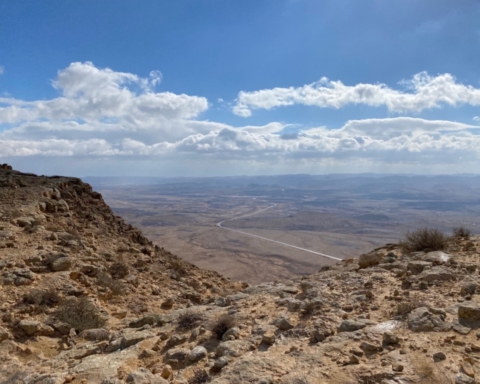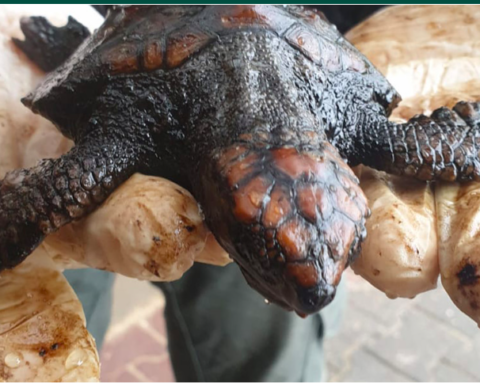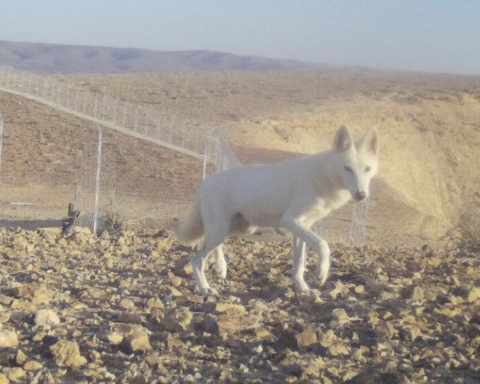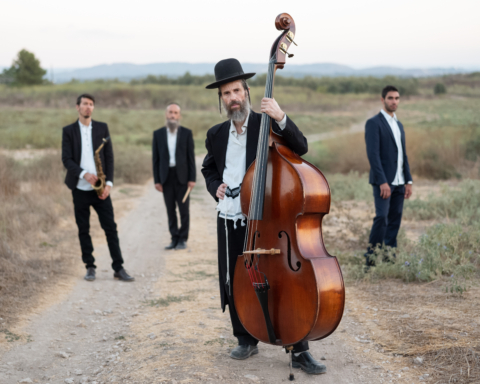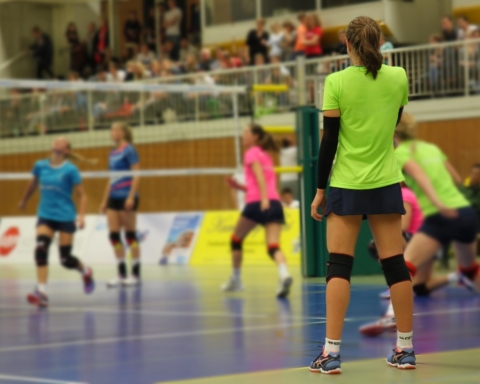‘I can’t really save the Dead Sea. Yeah, I’m not a doctor, it’s dying. I can’t save it, but I can help preserve it through art. Because something dying doesn’t mean it’s dead yet. There’s new life being formed here. It’s still a very, very significant place.” This starts the quest of Ari Leon Fruchter, an American-Israeli activist and social entrepreneur who is pursuing his passion to save, or at the least, preserve the memories, of the Dead Sea through art, activism, and education.

About a decade ago, Fruchter was responsible for bringing Spencer Tunick to complete a nude photography series to the Dead Sea, intended to capture people’s attention and raise awareness about the increasing Dead Sea sinkholes. Since then the spark was lit, and in 2020, Fruchter joined forces with Noam Bedein, who heads the Dead Sea Revival Project, to encapsulate the magic of the Dead Sea in the world’s first Dead Sea Museum.
The team kicked off the project by launching the first international photography competition to focus on the Dead Sea. Within just a month, over 13,000 photos from about 4,000 photographers were submitted. Over 9.1 million people cast votes on the best photos. The winner was Israeli photographer Alexander Bronfman.
Forty of the best photographers were chosen to exhibit in the Arad Cultural Center, which kicked off on Earth Day 2021 and will be open for the next year. The Dead Sea Museum is proposed to be built in Arad, in hopes of also adding a cultural and economic component to the nearby city, and positioning it as a gateway to the Dead Sea. Having spent time there in his youth, Fruchter feels close to realizing his dream. Yet with the lack of travel due to coronavirus, an online exhibit is available so that people from around the world can “visit” and witness the dying ‘wonder of the world’ in all its glory.

“We plan to have more exhibitions, but the idea is that the Dead Sea is so known around the world that very, very few people, even in non-coronavirus days have the actual opportunity to come here and visit it. So why not give them this actual opportunity to see it online? Then hopefully, one day when they come here we’ll have the physical museum they could actually visit.”


